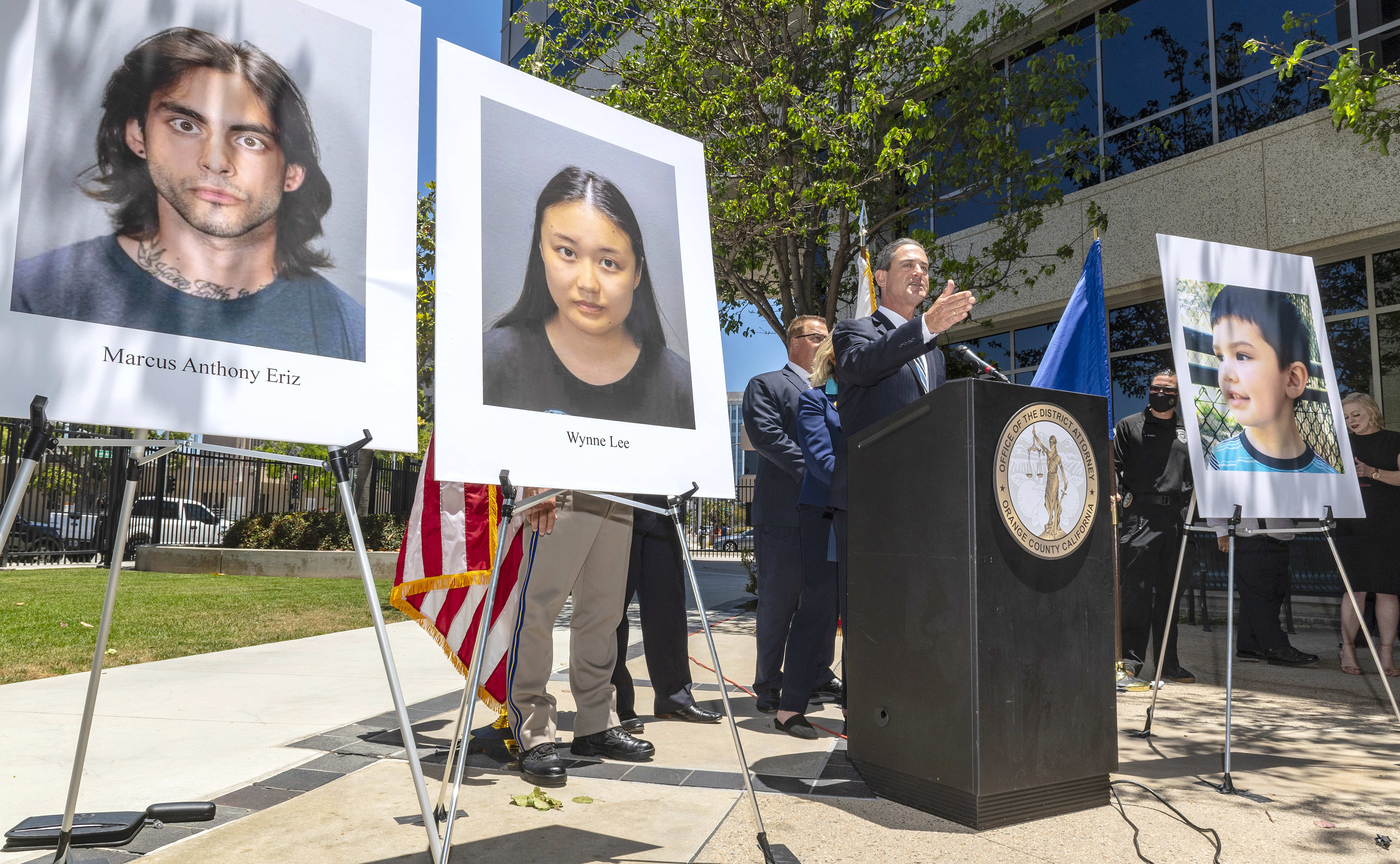Four earthquake faults pass through the campus of San Rafael Elementary School in Pasadena, newly released seismic studies reveal.
The school’s main building sits atop two fault strands, and two more are within 50 feet of it, according to findings made public by Jon Gundry, Superintendent of the Pasadena Unified School District.
This does not mean San Rafael must close immediately. But it does impose conditions on the school's continued operation.
“Under California law we cannot upgrade or renovate or rebuild anywhere within 50 feet of those fault lines,” said Gundry. What's more, the law requires the District to develop a plan to move classes beyond the 50 foot margin specified in the law, though there is no specific timetable requirement.
The fault strands were pinpointed during seismic research required prior to school renovation work. San Rafael's main schoolhouse, with distinctive tudor architecture, dates to the 1920's. The Pasadena District had proposed $5 million in improvements to San Rafael, including electrical work and the addition of air conditioning and an elevator. That plan has now been stopped.
The presence of faults in the area west of the Arroyo Seco has long been well-known to geologists, including USGS seismologist Lucy Jones, whose son once attended San Rafael Elementary.
“Knowing what I know, I still kept my son there,” Jones said, noting that the school had been uprgraded over the years to meet seismic building standards, and that school standards are higher than for other structures. The reality of the Los Angeles area is that there may be no location more than five miles from an active earthquake fault, according to Jones.
Local
Get Los Angeles's latest local news on crime, entertainment, weather, schools, COVID, cost of living and more. Here's your go-to source for today's LA news.
Even so, Jones said there can be a significant difference between being near a fault, and directly over one if it generates a quake.
“If you’re literally on top of the fault, that fault can rip your building apart,” Jones said. “And there’s no way to build a safe building if it’s going to be ripped apart.”
By definition, an active fault has had an earthquake within the past 10,000 years. The fault strands beneath San Rafael have not had a quake in modern times, and when the next one might occur cannot be predicted.
The school community was notified Thursday.
“You know, you let the imagination go crazy,” said parent Rob Goff. “When the big one hits, you don’t want your kid to be in the building.” At the same time, Goff and other parents expressed fondness for the school, and shared mixed feelings about the prospect of it having to close within a few years.
The alternative options include constructing a new school building on another portion of the campus beyond the 50-foot limit, or building on a different site. Another possibility would be less expensive: re-opening one of the district's other elementary schools, such as Linda Vista or Allendale, that have closed since a decline in enrollment.
San Rafael's enrollment had also declined in recent years to as low as 313, but has grown back since the addition of a popular dual language immersion program. San Rafael's current K-5 enrollment is 391, according to the District.
A community meeting is scheduled for Thursday, May 17, to discuss options for the school going forward. Jones of the USGS will take part in the discussion.
Ironically, having to close San Rafael could end up saving the Pasadena District money. Some of the alternative options are less expensive than the $5 million the District was preparing to spend to update San Rafael. Gundry offered one example: Allendale could be updated and prepared to receive the San Rafael student body for an estimated $4 million.
Gundry expects to make a spectific recommendation to the Pasadena School Board next month, after the San Rafael school community has had a chance to express its preferences.
Pasadena Unified is not the only district grappling with seismic concerns. In the San Francisco Bay Area, evaluation of quake risk was cited by the Los Gatos Union School District in scuttling plans to build a new elementary school.
That the Hayward fault runs beneath the University of California's Memorial Stadium in Berkeley has been known for years. In that case, a decision was made that the stadium could continue to hold public events after reconstruction to increase seismic safety. Cal Bear home games are scheduled to return to Memorial Stadium this fall.
Follow NBCLA for the latest LA news, events and entertainment: iPhone/iPad App | Facebook | Twitter | Google+ | Instagram | RSS | Text Alerts | Email Alerts



